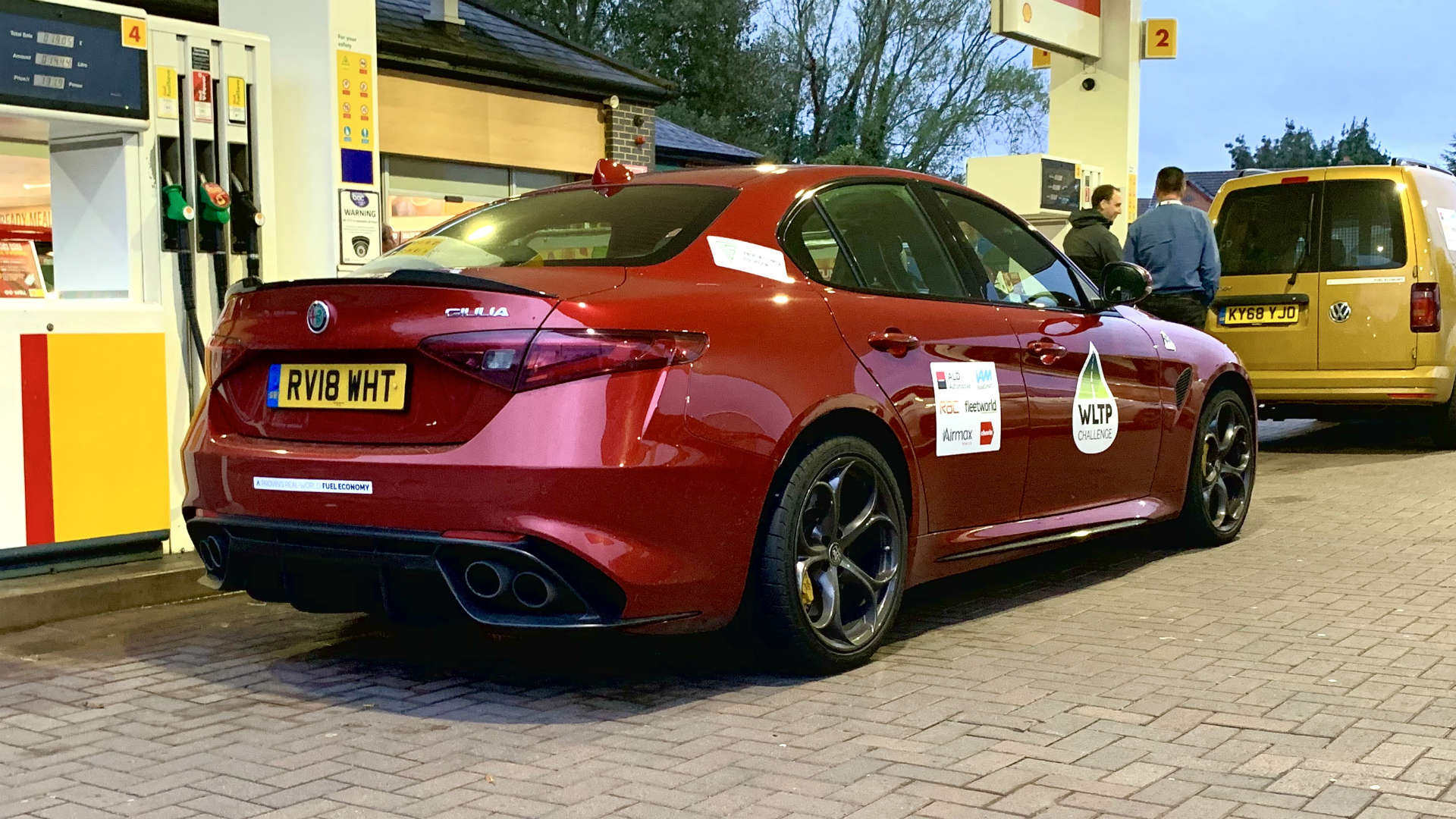
The WLTP Challenge was a driving event designed to show that cars can meet – or even exceed – the official fuel economy test figures. Speed wasn’t important; the sole aim was to save fuel.
Our car for the 250-mile challenge was an Alfa Romeo Giulia Quadrifoglio, a performance saloon capable (in pre-facelift guise) of achieving 27.2mpg. That’s if your willpower is strong enough to resist unleashing the full fury of its Ferrari-derived 2.9-litre engine.
We shared the drive with a representative from the RAC, who shared some fuel-saving tips as we made our way from Bristol to Birmingham, then back again via the Cotswolds. When you’re hypermiling a 510hp Alfa Romeo, every little helps.
You can discover if we exceeded the WLTP figure by clicking here. And here are eight ways to save fuel (and money) – courtesy of the RAC:
1. Look after your car
Regular maintenance will ensure your car works at optimum efficiency, which will improve its fuel economy. Stick to the manufacturer’s recommended service schedule, including regular oil and filter changes, and be sure to fix any issues as they arise.
You also need to ensure that the tyres are inflated to the correct pressures, so consult the car’s handbook or use one of the many online guides for help. Remember to adjust the tyre pressures depending on the load you are carrying.
2. Go easy on the right pedal
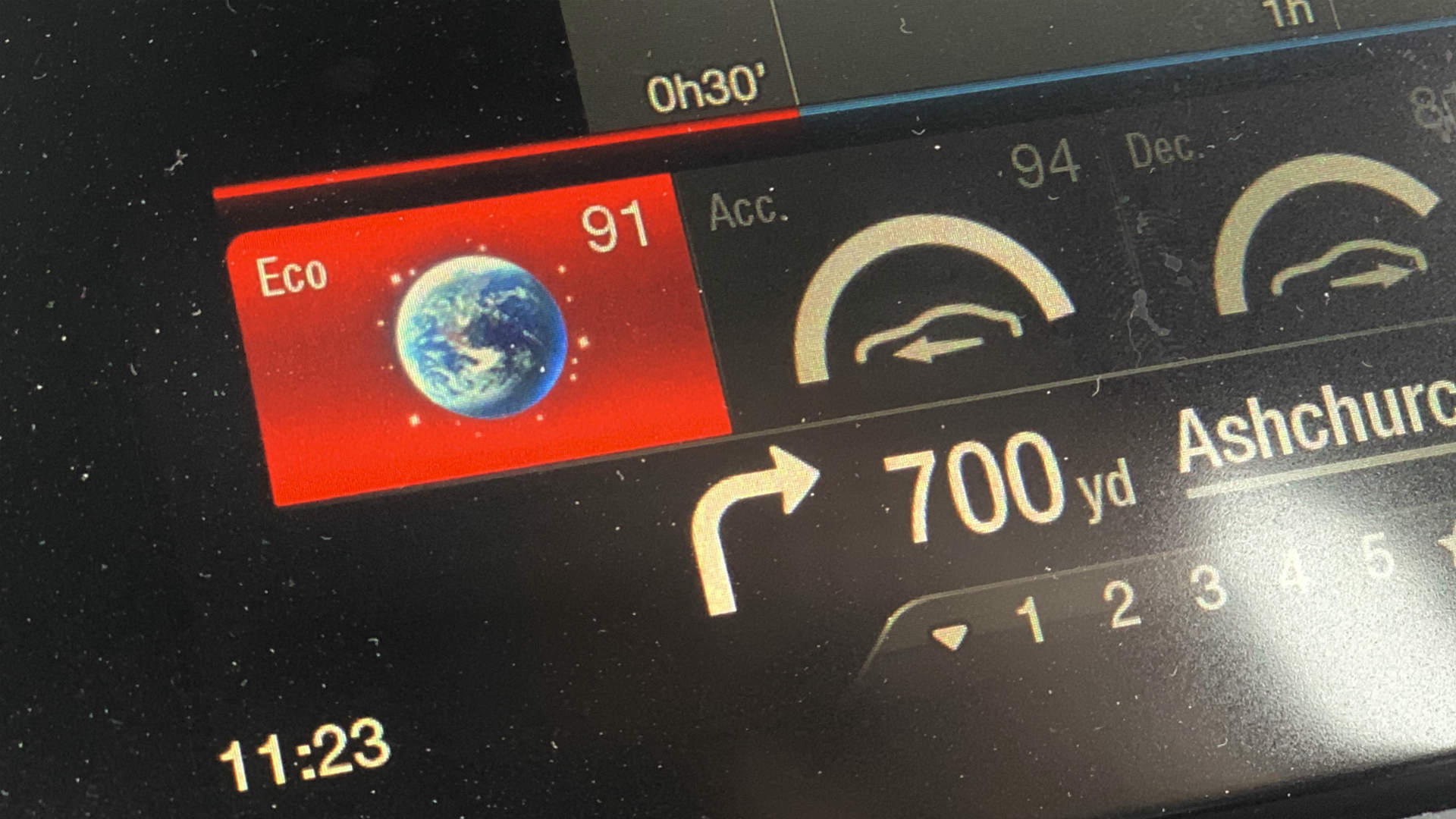
If our WLTP Challenge experience taught us anything, it’s that feathering the throttle can make a huge difference to your fuel consumption. Slow and gentle acceleration is the key to efficient driving, so avoid any traffic light Grand Prix antics.
Change up a gear as soon as possible, but don’t allow the engine to labour. Experience will tell you when your car is ready for a higher gear – there’s no fixed rule.
While 56mph is often referenced as the optimum speed for fuel economy, the RAC says cars are typically most efficient at 45-50mph.
3. Maintain momentum
Momentum is the difference between good and excellent fuel economy. During the WLTP Challenge, we found that roundabouts, roadworks, hills and the actions of other drivers took a serious chunk out of efficiency.
The key is to read the road ahead. If you’re approaching a roundabout, ease off the throttle and see if you can tackle it without stopping. Equally, on a motorway, maintaining a safe distance to the car in front will allow you to react to sudden braking.
Hills are the hypermiler’s worst enemy. Watching the Alfa Romeo’s economy gauge drop to zero was frustrating and almost unavoidable. The RAC says you should accelerate a little before approaching a hill, then ease off as you drive up. Just make sure you’re not creating congestion behind you.
4. Use cruise control at the right time
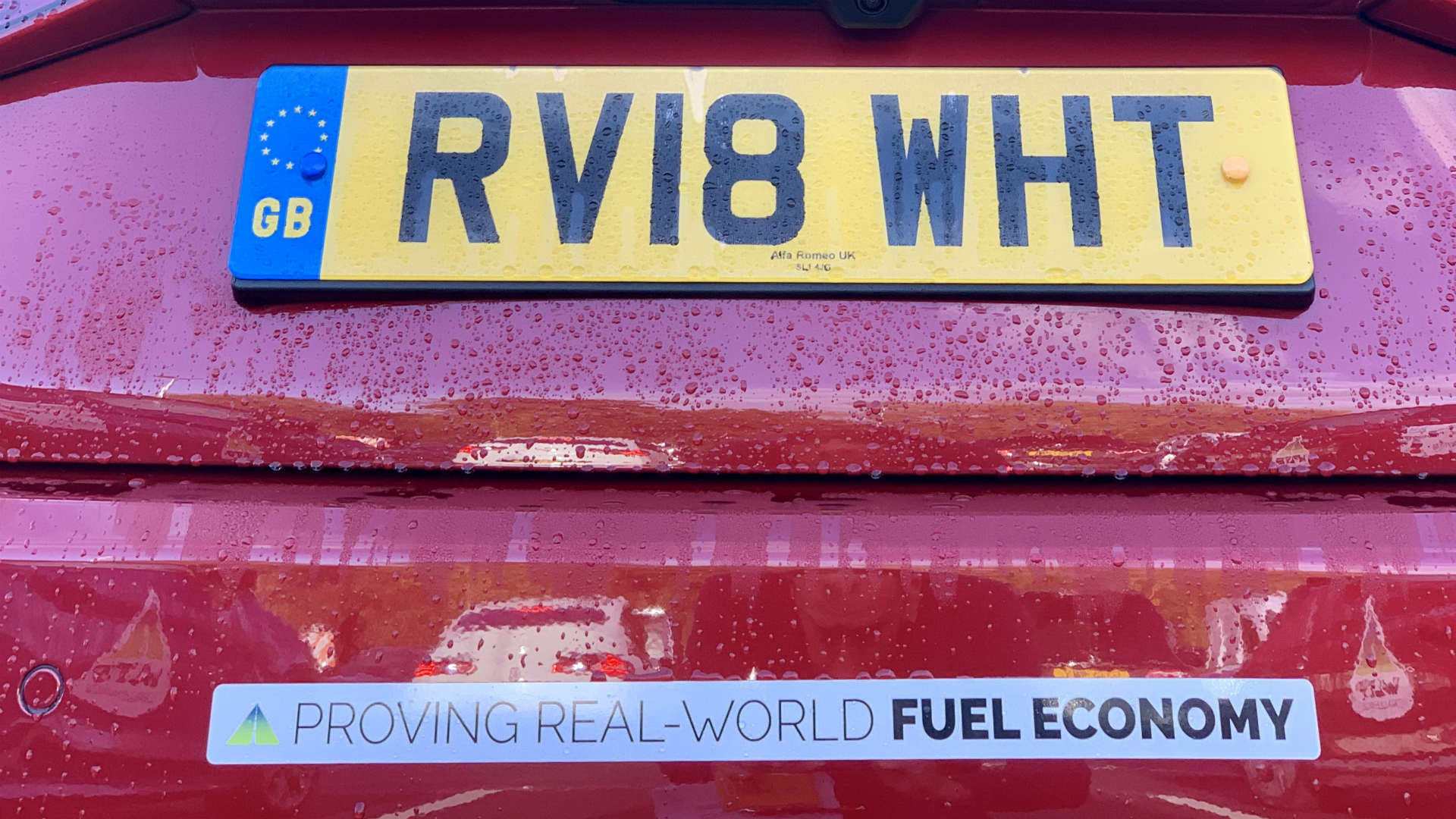
Cruise control will only improve fuel economy on a flat surface, so is best reserved for motorways. On the WLTP Challenge, we found that cruise control is slower to react to gradient changes, which means you miss out on some valuable throttle lift-off opportunities.
Motorways offer the best opportunity to maximise fuel economy. On the M5 stretch of the WLTP Challenge, the Alfa Romeo was showing a claimed 44mpg on the digital display. By the time we had completed a mixture of urban and rural roads, we had lost around 10mpg.
5. Reduce drag
According to the Energy Saving Trust, an empty roof rack adds 16 percent drag when driving at 75mph, while a roof box adds 39 percent. Neither of these were fitted to the Giulia, but make sure you remove them from your car when you return home from holiday.
Opening a window will have a similar effect, especially at higher speeds. In town, at lower speeds, an open window is actually more efficient than using air conditioning. Speaking of which…
6. Turn off the air conditioning
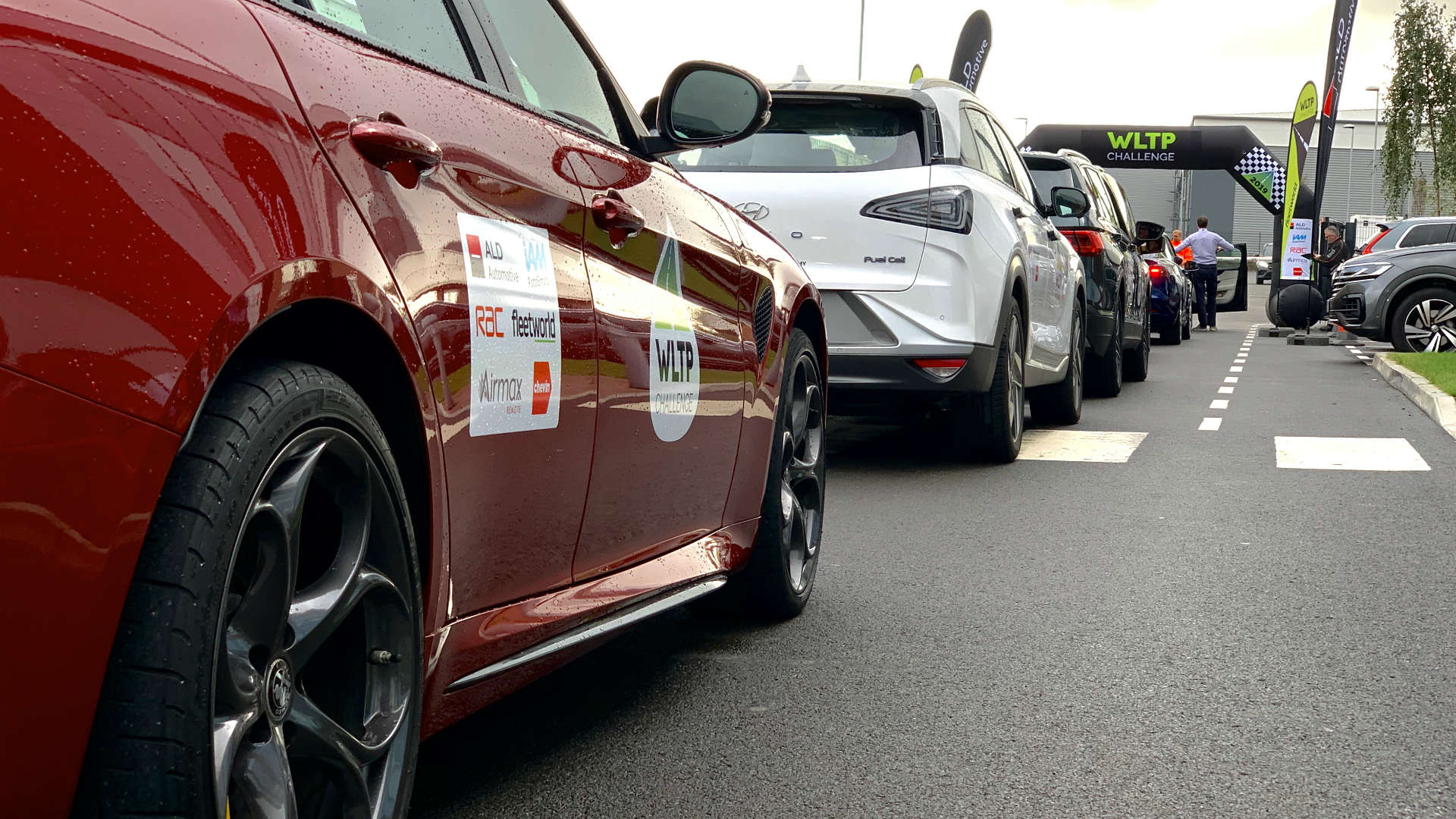
Air conditioning uses engine power and therefore increases fuel consumption. If you’re hoping to maximise fuel economy, use it sparingly and when necessary, but be realistic.
Make sure you switch on the air conditioning at least once a month, as this keeps the refrigerant flowing and the system lubricated. Failure to do so will result in an expensive repair bill further down the line.
During the WLTP Challenge, we managed to avoid using air conditioning for the majority of the trip, but the system was forced into action when the heavens opened and the windows started to mist up. Saving fuel is one thing, but safety comes first.
7. Avoid short trips
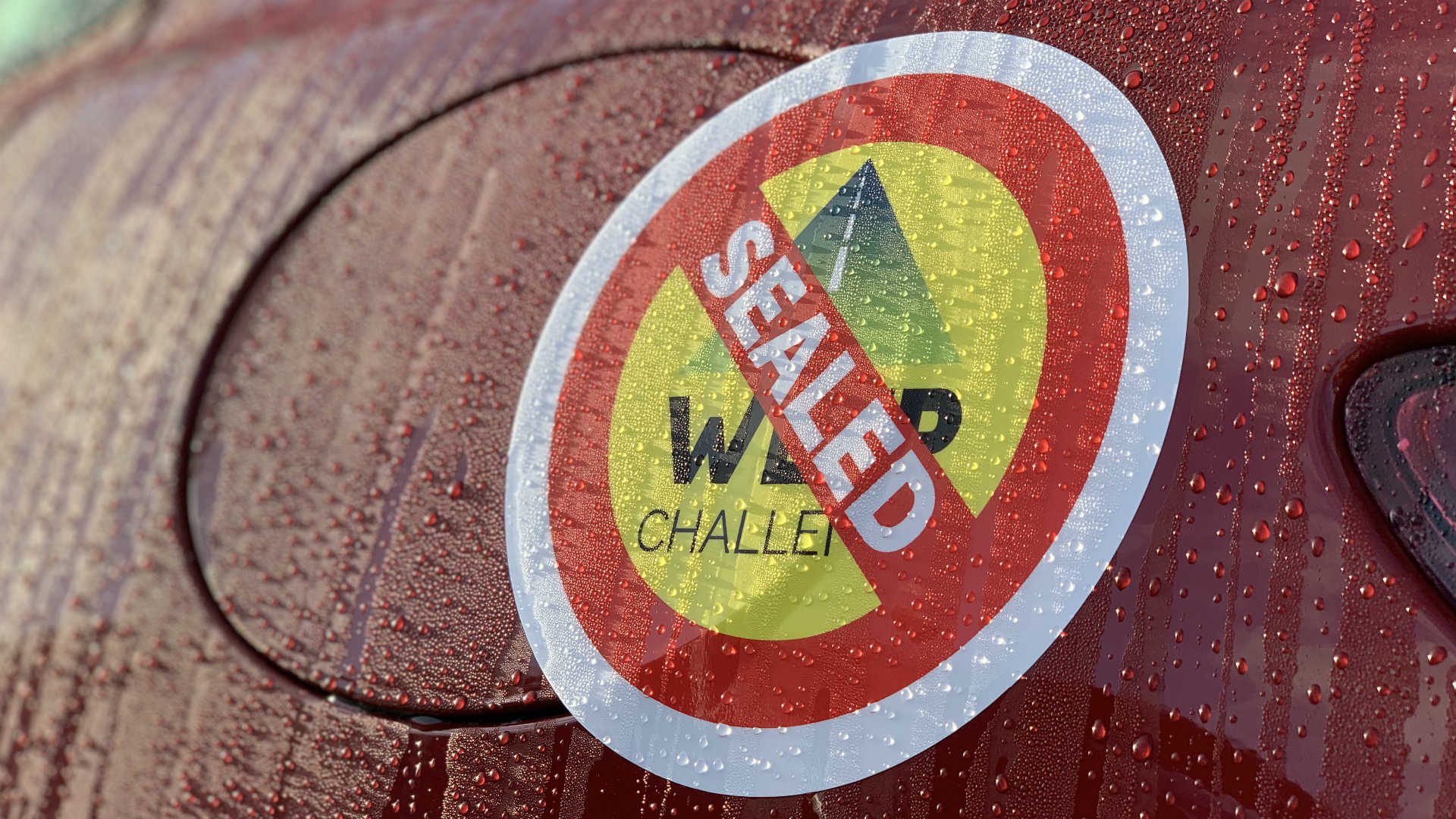
An engine will operate at its most efficient when warm, so cold starts will increase fuel consumption. Is it possible to combine several short trips into one? Could you cycle, walk or use public transport instead?
8. Reduce weight
The heavier your vehicle, the more fuel it will use: one reason many manufacturers have removed spare wheels from their cars.
Take out unnecessary items from the boot, as this will improve your fuel economy. You could also use it as an excuse to leave your mother-in-law at home. Possibly.
Click here to find out what the WLTP car fuel economy test means for you.
ALSO READ:
How to keep your car safe with an OBD port locking device